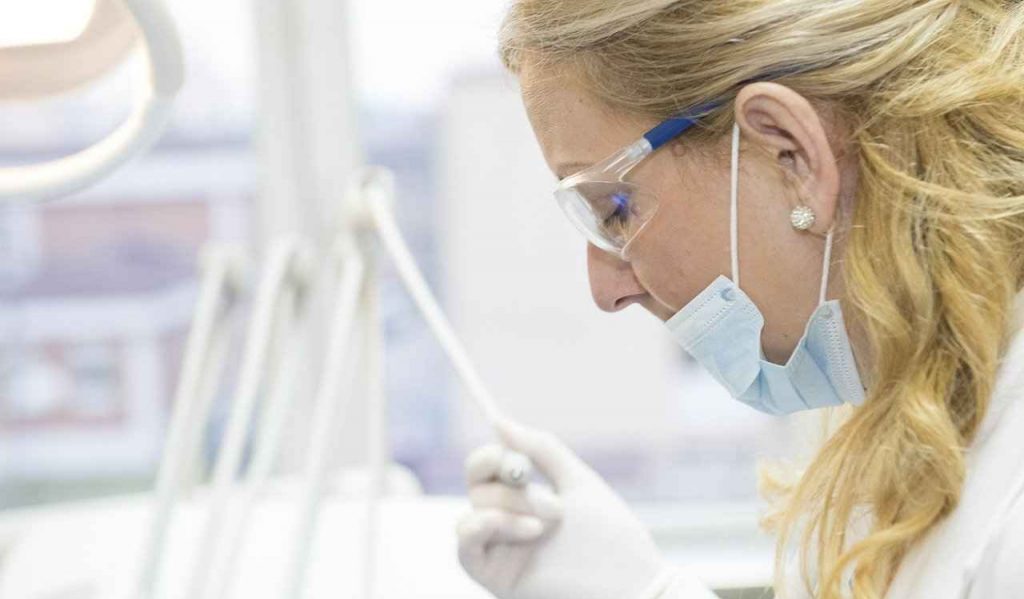Lung nodules are very common. With CT scans now widely used, doctors find them more often than ever. Most nodules are benign—they usually don’t cause symptoms or threaten your health. If your doctor tells you you have one or more lung nodules, you generally don’t need to worry.
Catching problems early and treating them properly leads to good results. While most lung nodules barely affect your health, some might signal or slowly turn into something more serious, like lung cancer. But figuring out exactly what a nodule is from just one test is often hard. That’s why keeping an eye on it is key—it helps make sure you get a timely, accurate diagnosis and treatment if needed.
Your doctor may suggest regular follow-up CT scans of your chest to check if the nodule grows over time. The time between scans can be 3, 6, or 12 months—it depends on how your doctor assesses your risk of lung cancer. To gauge this risk, doctors look at things like the nodule’s size, type, and features, plus your age, whether you’ve smoked, and if you’ve been around cancer-causing substances.
Inflammation from things like infections often goes away on its own. Scar tissue usually stays the same size. Some nodules might even get smaller. But if a nodule grows, doctors will run more tests to see if it’s cancerous. That’s because growing—whether fast or slow—is one of the key signs of cancer.
Most lung nodules aren’t cancer. But if a nodule is early-stage cancer, catching and treating it right away gives you the best chance of beating it.
Watching for changes in lung nodules helps spot small cancers early. And the risk of radiation from these follow-up scans is pretty low.
